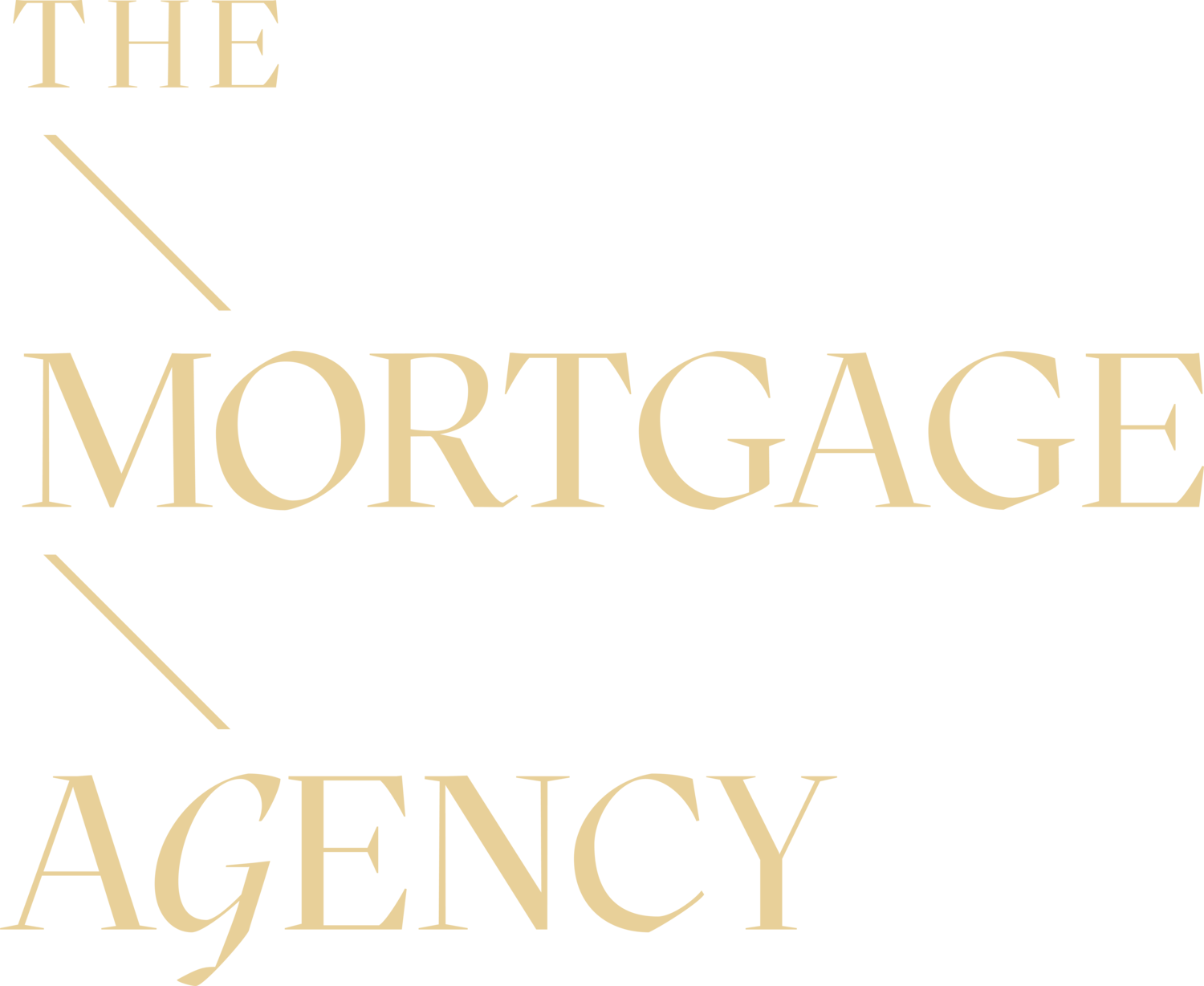What is Amortization?
Amortization is commonly associated with loans, such as mortgages, car loans, or personal loans. It refers to the process of spreading out the repayment of a loan or the cost of an intangible asset over a specific period of time.
When you make regular monthly payments on a loan, a portion of each payment goes toward reducing the principal amount (the original loan amount) and another portion covers the interest accrued on the remaining balance. As time goes on, the proportion of your payment dedicated to the principal gradually increases, while the interest portion decreases. This process continues until the loan is fully paid off.
Amortization schedules are often used to show the breakdown of each payment, illustrating how much of it goes toward principal and interest over the life of the loan.
How will amortization impact my mortgage payments?
Amortization has a significant impact on mortgage payments. When you take out a mortgage to buy a home, the loan is typically structured with an amortization schedule that outlines how your monthly mortgage payments will be allocated between the principal and the interest over the life of the loan. Here's how amortization affects mortgage payments:
Monthly Payment Structure: Your monthly mortgage payment is designed to cover two main components: principal and interest. In the early years of the mortgage, a larger portion of your payment goes toward paying interest, while a smaller portion goes toward reducing the principal. As you continue making payments, this allocation gradually shifts.
Interest Reduction: Over time, the interest portion of your monthly payment decreases as the outstanding principal balance decreases. This is because the interest is calculated based on the remaining balance of the loan. As the principal balance goes down, the amount of interest accrued also decreases.
Principal Reduction: As you make your monthly mortgage payments, a portion of the payment is applied to reduce the principal balance. Over the life of the mortgage, the proportion of your payment allocated to principal increases. This means you build equity in your home as you pay down the principal, which increases your ownership stake in the property.
Impact on Total Interest Paid: The longer the amortization period (e.g., 15, 20, or 30 years), the more you will pay in interest over the life of the loan. Shorter amortization periods result in higher monthly payments but less interest paid in total. Longer amortization periods result in lower monthly payments but more interest paid over time.
Equity Build-Up: Amortization allows you to build equity in your home. As you make payments, the principal balance decreases, and the home becomes more of an asset for you. This equity can be useful for various financial purposes, including borrowing against your home's value through home equity loans or
lines of credit.
Impact on Budget: The structure of amortized mortgage payments ensures that you make consistent, predictable monthly payments, which can be easier to budget for. However, it's essential to consider the long-term financial implications, as longer amortization periods can result in higher overall interest costs.
Amortization impacts mortgage payments by determining how much of each monthly payment goes toward paying interest and how much goes toward reducing the principal. Over time, as you continue to make payments, more of your payment is applied to the principal, helping you build equity in your home. The choice of the amortization period can significantly affect the total interest paid and the overall cost of the mortgage, as well as your ability to budget for the monthly payments.
